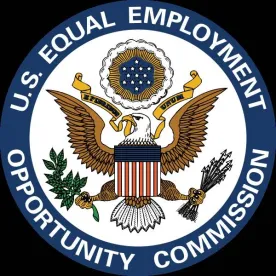Every employer who has ever had to respond to a charge of discrimination filed with the U.S. Equal Employment Opportunity Commission (EEOC) understands the importance of responding with a clear, concise and accurate position statement. The position statement gives the employer an opportunity to tell its side of the story and to provide supporting documentations for its position and conduct.
On February 18, 2016, the EEOC changed its procedures for releasing position statements to a charging party (e.g., an employee). The EEOC has implemented a nationwide rule requiring disclosure of the position statement to the employee if the employee requests a copy. The EEOC will also provide the employee copies of any non-confidential documents attached to the position statement and will give the employee 20 days to respond to the position statement.
The EEOC will also provide a copy of the employee’s response to the employer and give the employer an opportunity to respond, right? Wrong! If an employer wants to see the employee’s response, the employer must file a request under the Freedom of Information Act (FOIA). One last thing: The EEOC does not release charge records (including documents filed by the parties) under FOIA unless it has completed its investigation.
The importance of this change cannot be underestimated, as it creates a far-from-level playing field for employers. Now, more than ever before, employers must be very thoughtful about what goes into a position statement, and above all, must ensure that their position statement is factually accurate.


 />i
/>i

